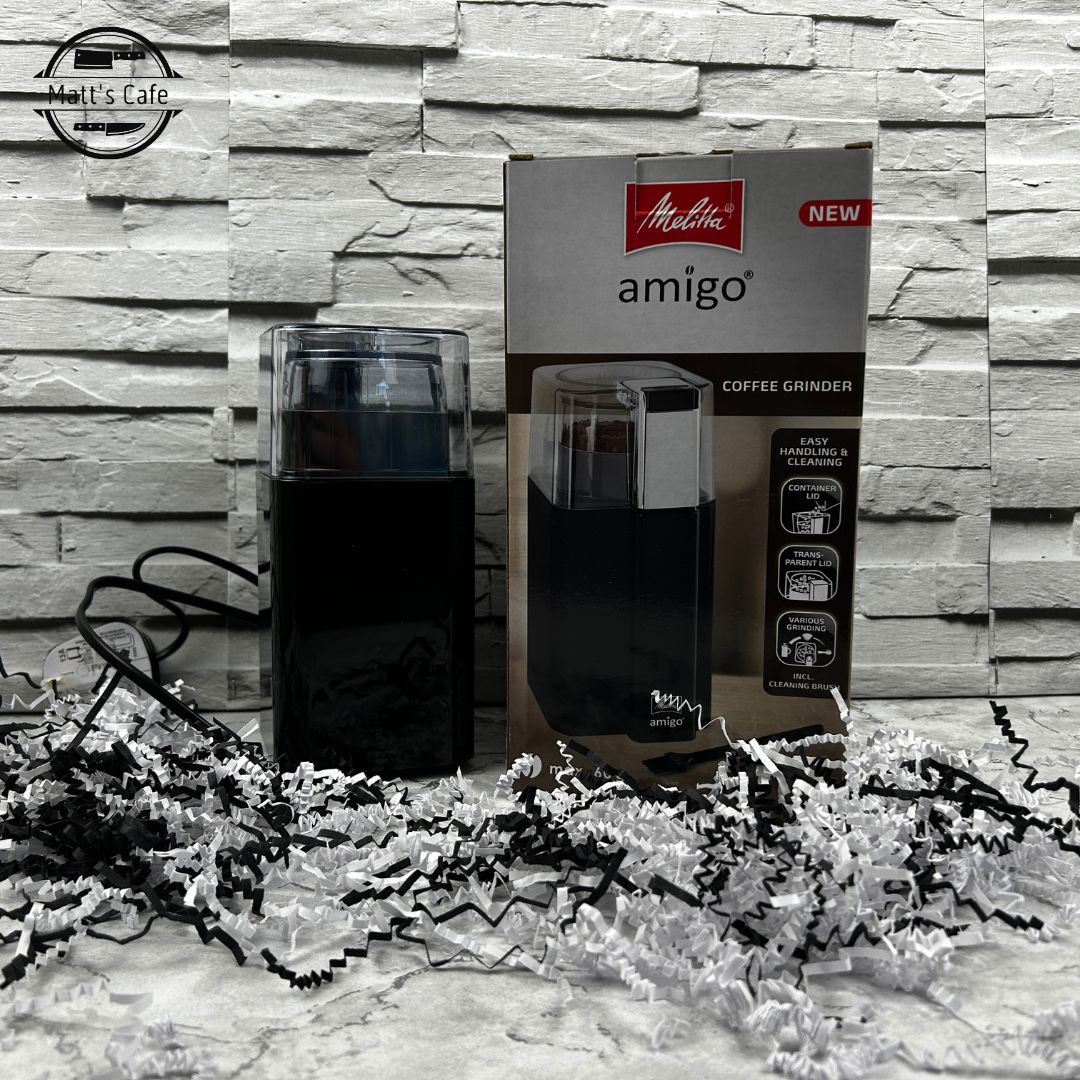FODMAP stands for Fermentable Oligosaccharides, Disaccharides, Monosaccharides, And Polyols. These are a group of short-chain carbohydrates and sugar alcohols that are poorly absorbed in the small intestine. The term was coined by researchers at Monash University in Australia to describe a collection of molecules found in food that can be difficult to digest for some people.
What Is FODMAP An Acronym For?
FODMAP is an acronym for Fermentable Oligosaccharides, Disaccharides, Monosaccharides, And Polyols. These are specific types of short-chain carbohydrates and sugar alcohols that can be poorly absorbed in the small intestine, leading to digestive discomfort for some individuals. Here’s a breakdown of what each component represents:
- Fermentable: These carbohydrates can be fermented by gut bacteria, producing gases.
- Oligosaccharides: Includes fructans (found in wheat, onions, garlic) and galactans (found in legumes).
- Disaccharides: Lactose, is found in dairy products like milk, cheese, and yogurt.
- Monosaccharides: Fructose, found in fruits, honey, and high-fructose corn syrup.
- Polyols: Sugar alcohols like sorbitol and mannitol, found in some fruits and artificial sweeteners.
FODMAP In Food
FODMAPs are found in a variety of common foods. Understanding which foods are high in FODMAPs can help individuals manage symptoms of digestive discomfort, particularly those with Irritable Bowel Syndrome (IBS). Here’s a breakdown of FODMAPs and the foods that typically contain them:
Oligosaccharides
- Fructans:
- Wheat and rye products: Bread, pasta, cereals
- Onions and garlic: Raw, cooked, or powdered
- Certain vegetables: Asparagus, artichokes, leeks
- Galactans:
- Legumes: Beans, lentils, chickpeas, soy products
Disaccharides
- Lactose:
- Dairy products: Milk, soft cheese, yogurt, ice cream
- Some processed foods: Foods containing milk solids, whey protein
Monosaccharides
- Fructose:
- Fruits: Apples, pears, mangoes, cherries, watermelon
- Sweeteners: Honey, high-fructose corn syrup, agave nectar
- Certain vegetables: Sugar snap peas, asparagus
Polyols
- Sorbitol:
- Fruits: Apples, pears, stone fruits (peaches, plums, nectarines)
- Sweeteners: Sugar-free gum, candies, diet drinks
- Mannitol:
- Vegetables: Cauliflower, mushrooms, snow peas
- Sweeteners: Some sugar-free and diabetic foods
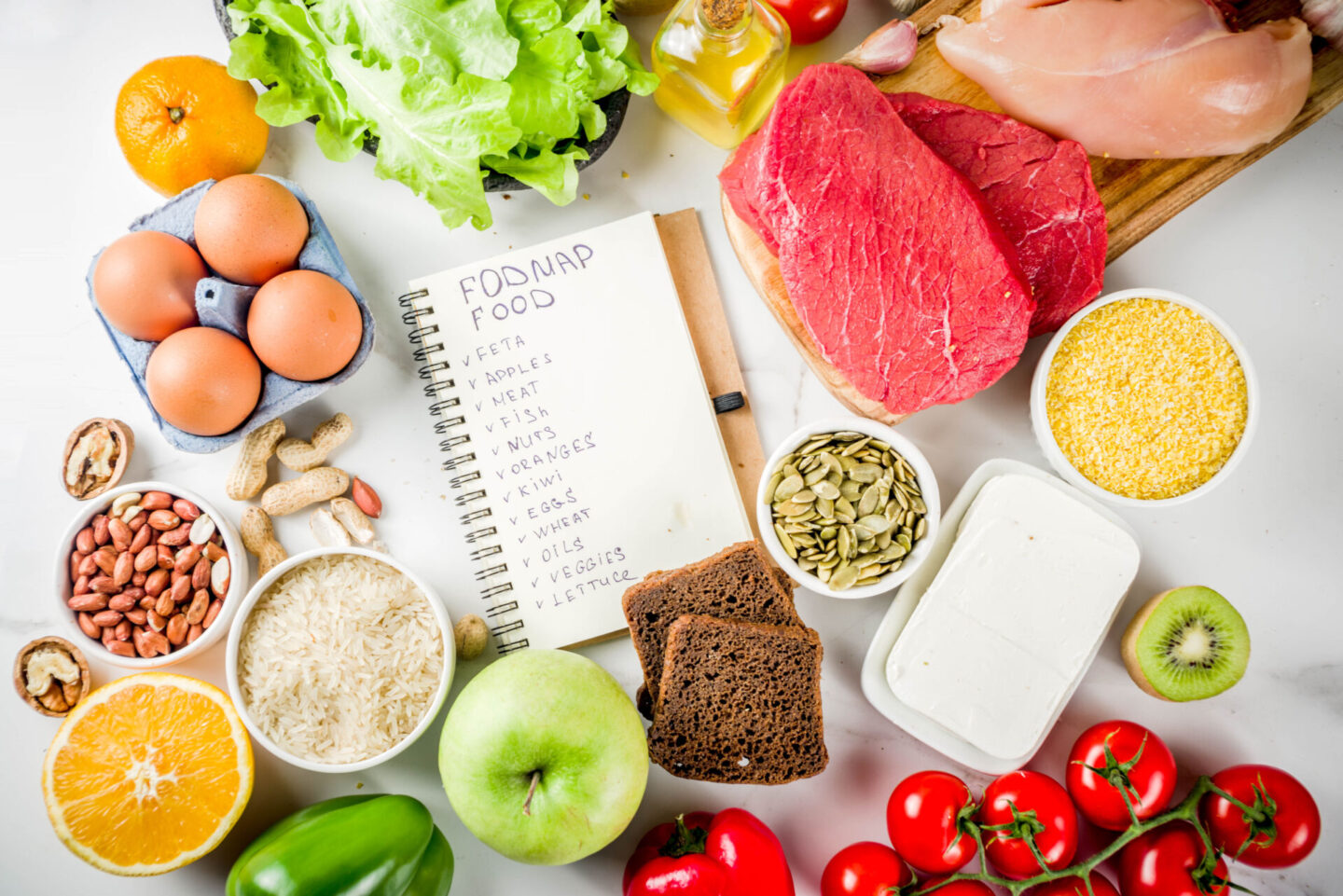
Low FODMAP Alternatives
For those looking to manage their FODMAP intake, there are numerous low FODMAP alternatives:
- Grains: Gluten-free grains like rice, quinoa, and oats
- Dairy: Lactose-free milk and yogurt, hard cheeses, plant-based milks (almond, coconut, lactose-free)
- Fruits: Berries (strawberries, blueberries), citrus fruits (oranges, lemons), bananas, kiwis
- Vegetables: Bell peppers, carrots, spinach, zucchini, potatoes
- Sweeteners: Maple syrup, pure stevia, glucose
Managing FODMAP Intake
The low FODMAP diet involves three phases to help individuals identify and manage their triggers:
- Elimination: Remove all high-FODMAP foods for a period, typically 4-6 weeks, to alleviate symptoms.
- Reintroduction: Gradually reintroduce high-FODMAP foods one at a time to identify specific triggers.
- Personalisation: Develop a customised eating plan that minimises symptoms while maintaining a balanced diet.
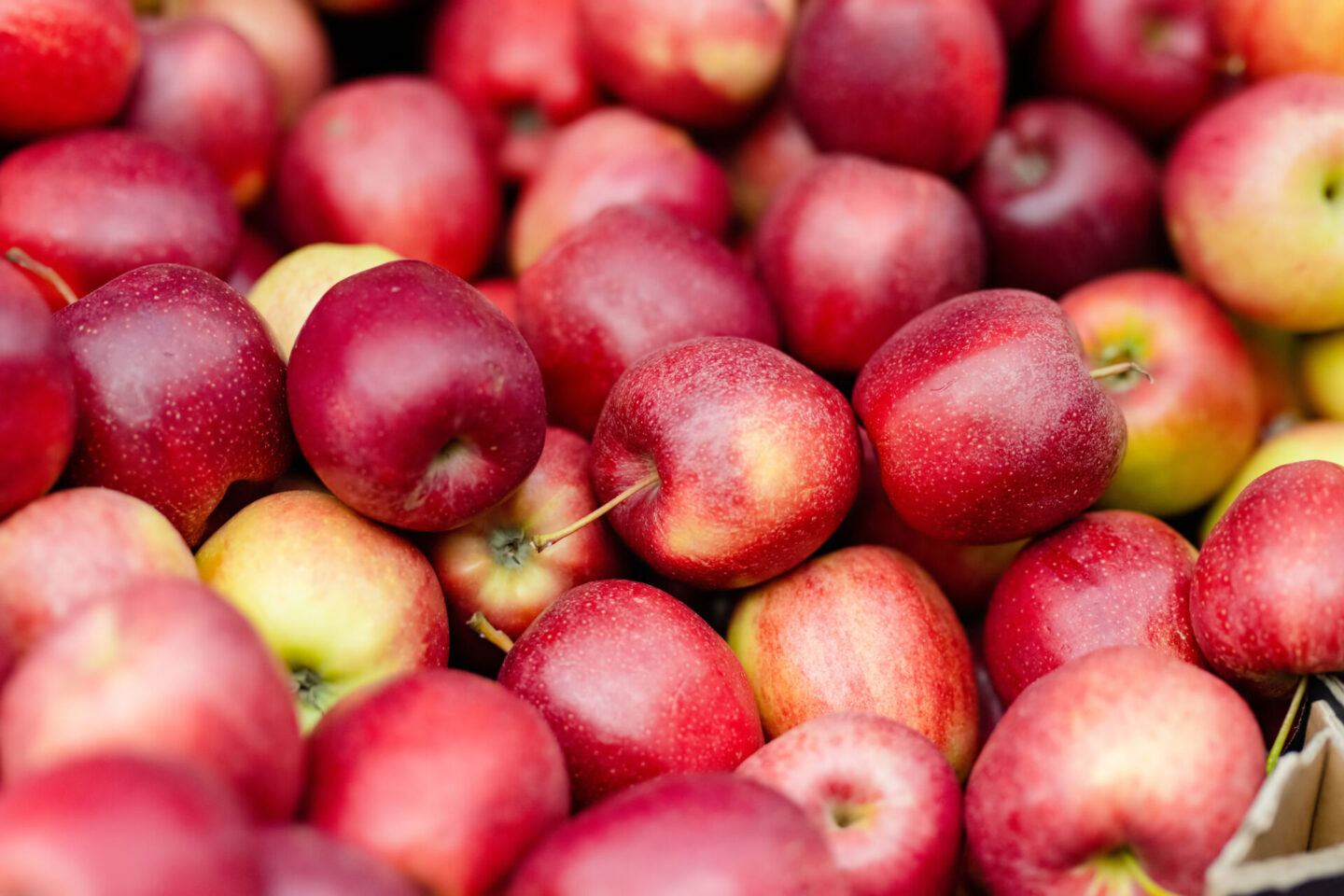
What FODMAP Is In Apples?
Apples contain several types of FODMAPs, which can contribute to digestive discomfort for individuals with sensitivities. Here’s a detailed look at the specific FODMAPs found in apples:
- Fructose:
- Monosaccharide: Apples are high in fructose, a simple sugar that can be poorly absorbed in the small intestine. When fructose is not adequately absorbed, it can draw water into the intestine and become fermented by gut bacteria, leading to symptoms such as bloating, gas, and diarrhoea.
- Sorbitol:
- Polyol: Apples also contain significant amounts of sorbitol, a type of sugar alcohol. Sorbitol is known to cause digestive issues because it is not fully absorbed in the small intestine. Similar to fructose, sorbitol can cause water retention in the gut and fermentation, resulting in gastrointestinal symptoms.
Impact on Digestive Health
For individuals following a low FODMAP diet, apples are generally considered high in FODMAPs due to their fructose and sorbitol content. Consuming apples can lead to the following symptoms for those with sensitivities:
- Bloating: The fermentation of FODMAPs in the gut produces gas, leading to a feeling of fullness and bloating.
- Gas: Excess gas is a common symptom due to the fermentation process.
- Diarrhoea: The osmotic effect of unabsorbed fructose and sorbitol can lead to loose stools or diarrhoea.
- Stomach Cramps: The increased gas and water in the intestines can cause cramping and discomfort.
Managing Apple Consumption
For those who love apples but need to manage their FODMAP intake, consider these tips:
- Small Portions: Some people might tolerate small amounts of apple better. Try starting with a small slice and monitor your symptoms.
- Low FODMAP Alternatives: Choose fruits lower in FODMAPs, such as strawberries, blueberries, or kiwis.
- Cooked Apples: Cooking apples can sometimes reduce their FODMAP content, making them easier to digest. Consider baked apples or applesauce in moderation.
Apples are high in FODMAPs, particularly fructose and sorbitol, which can lead to digestive issues for sensitive individuals. By understanding these components and managing portion sizes or choosing low FODMAP alternatives, those with digestive sensitivities can better manage their symptoms while still enjoying a varied and nutritious diet.
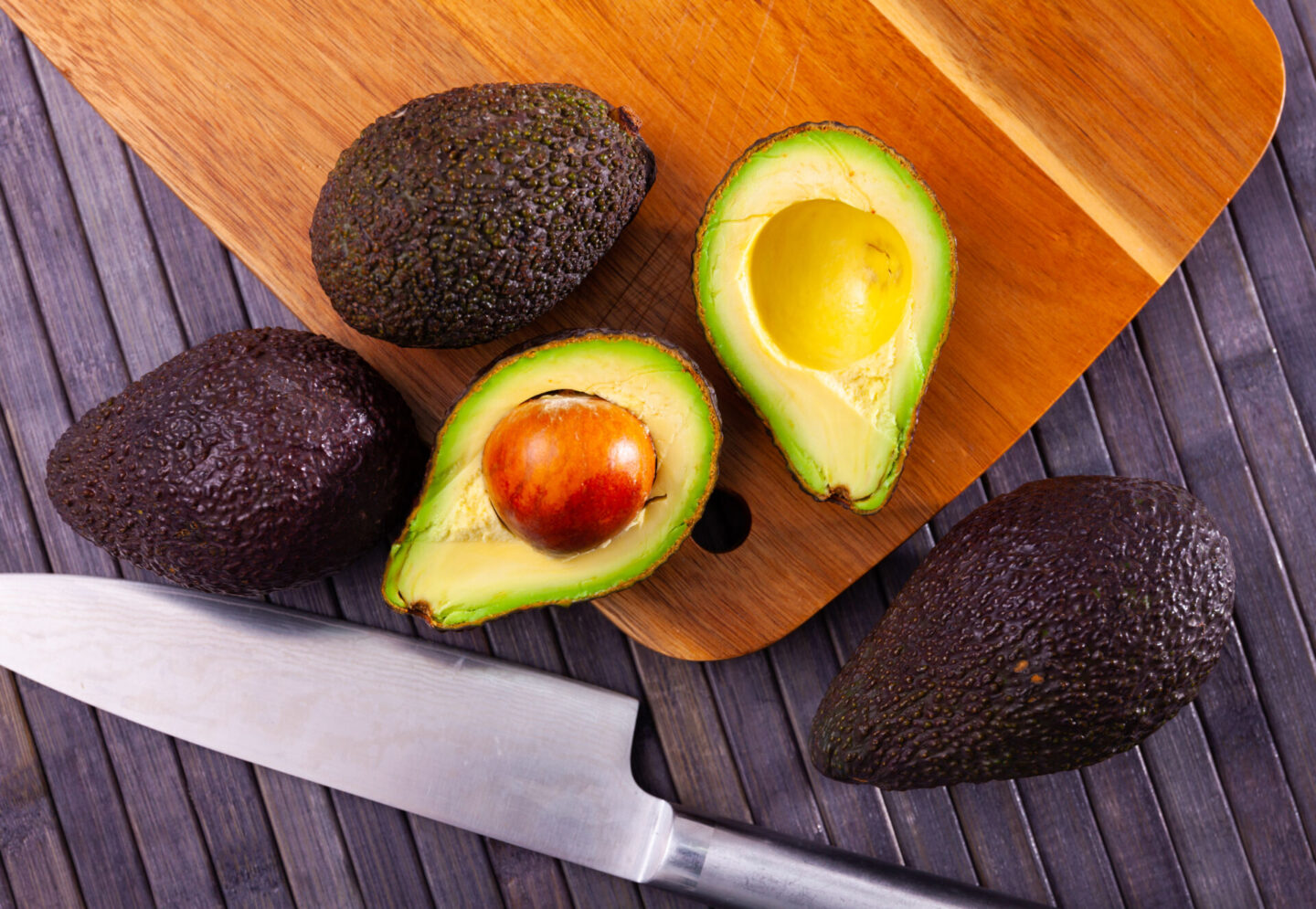
What FODMAP Is In Avocado
Avocados contain a specific type of FODMAP known as polyols, specifically sorbitol. Sorbitol is a sugar alcohol that can cause digestive issues in individuals who are sensitive to FODMAPs.
Impact of Sorbitol
- Poor Absorption: Sorbitol is not fully absorbed in the small intestine. When it passes into the large intestine, it draws water into the gut, which can lead to symptoms like diarrhoea.
- Fermentation: In the large intestine, sorbitol is fermented by gut bacteria, producing gas and leading to symptoms such as bloating, gas, and abdominal discomfort.
Avocado Serving Size and FODMAP Content
- Small Portions: Small servings of avocado (about 1/8 of an avocado or approximately 30 grams) are considered low in FODMAPs and are generally well-tolerated by most people with FODMAP sensitivities.
- Larger Portions: Larger servings (such as half an avocado or more) are high in sorbitol and can trigger digestive symptoms in sensitive individuals.
Managing Avocado Consumption
For individuals following a low FODMAP diet, here are some tips for including avocado in your diet:
- Monitor Portion Sizes: Stick to small servings of avocado to minimise the intake of sorbitol. Try starting with a tablespoon or a small slice and see how your body reacts.
- Combine with Low FODMAP Foods: Pair avocado with other low FODMAP foods to balance your overall intake. For example, add a small amount to a salad with low FODMAP vegetables.
- Listen to Your Body: Everyone’s tolerance levels can vary. Pay attention to how your body responds to avocado and adjust your intake accordingly.
Low FODMAP Alternatives to Avocado
If you find that even small amounts of avocado cause symptoms, consider these low FODMAP alternatives for healthy fats:
- Olive Oil: A great source of monounsaturated fats, perfect for salads and cooking.
- Coconut Oil: Another low FODMAP option for cooking.
- Pumpkin Seeds: These can be added to salads or eaten as a snack for a boost of healthy fats and protein.
Avocado is high in sorbitol, a type of polyol, which can cause digestive discomfort for individuals sensitive to FODMAPs. By managing portion sizes and being mindful of your body’s reactions, you can enjoy avocado without triggering symptoms. For those who are very sensitive, exploring low FODMAP alternatives can help maintain a balanced and enjoyable diet.
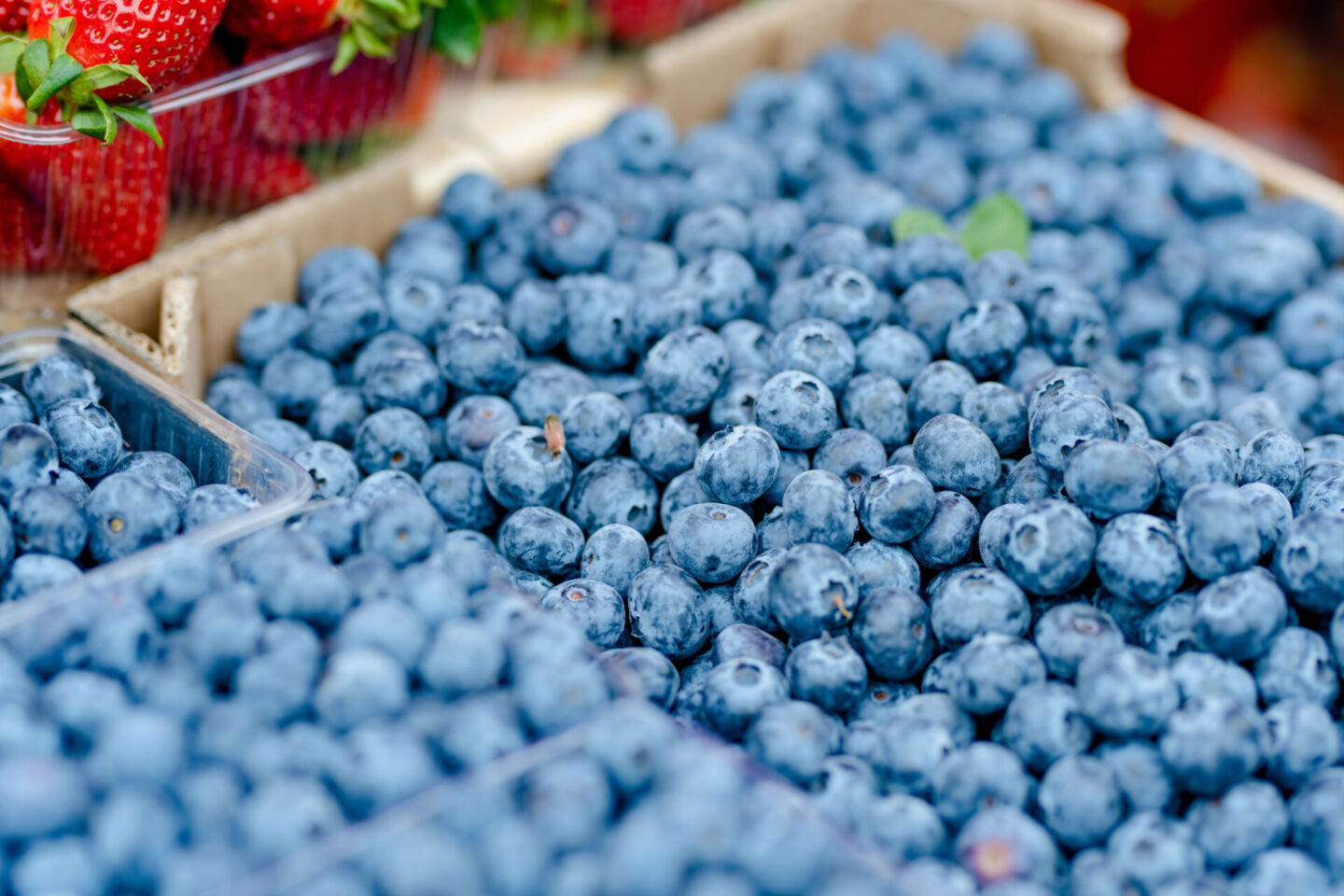
What FODMAP Is In Blueberries
Blueberries contain small amounts of certain FODMAPs, but they are generally considered low FODMAP when consumed in moderate portions. Here’s a breakdown of the FODMAP content in blueberries:
- Polyols (Sorbitol and Mannitol)
- Blueberries contain small amounts of sorbitol and mannitol, both of which are sugar alcohols. While these polyols can cause digestive issues when consumed in large quantities, the levels found in a typical serving of blueberries are generally low enough to be well-tolerated by most individuals with FODMAP sensitivities.
Serving Sizes and Tolerance
- Low FODMAP Serving Size: A serving of about 1/4 cup (approximately 40 grams) of blueberries is considered low in FODMAPs and is generally safe for those following a low FODMAP diet.
- High FODMAP Serving Size: Larger servings (such as 1/2 cup or more) may contain enough polyols to potentially trigger symptoms in sensitive individuals.
Benefits of Blueberries
Despite their FODMAP content, blueberries are a nutritious fruit that can be enjoyed in moderation as part of a low FODMAP diet. They offer several health benefits:
- Antioxidants: Rich in antioxidants, particularly anthocyanin’s, which can help reduce inflammation and protect against chronic diseases.
- Vitamins and Minerals: Good source of vitamins C and K, as well as dietary fiber.
- Low Glycemic Index: Blueberries have a low glycemic index, making them a good choice for managing blood sugar levels.
Managing Blueberry Consumption
For those with FODMAP sensitivities, consider the following tips:
- Stick to Recommended Portions: Keep your blueberry intake to about 1/4 cup per serving to avoid exceeding low FODMAP thresholds.
- Monitor Symptoms: Pay attention to how your body reacts to blueberries. If you experience symptoms, consider reducing the portion size or frequency of consumption.
- Combine with Other Low FODMAP Foods: Mix blueberries with other low FODMAP fruits and foods to create balanced meals and snacks.
Low FODMAP Alternatives to Blueberries
If you find that blueberries still cause symptoms, you can opt for other low FODMAP fruits such as:
- Strawberries: Low in FODMAPs and rich in vitamin C.
- Raspberries: Another low FODMAP option that provides fibre and antioxidants.
- Kiwi: Low in FODMAPs and a good source of vitamin C and fibre.
Blueberries contain small amounts of sorbitol and mannitol, but they are generally low in FODMAPs when eaten in moderation. By sticking to recommended serving sizes and being mindful of your body’s reactions, you can enjoy the nutritional benefits of blueberries without triggering digestive symptoms.
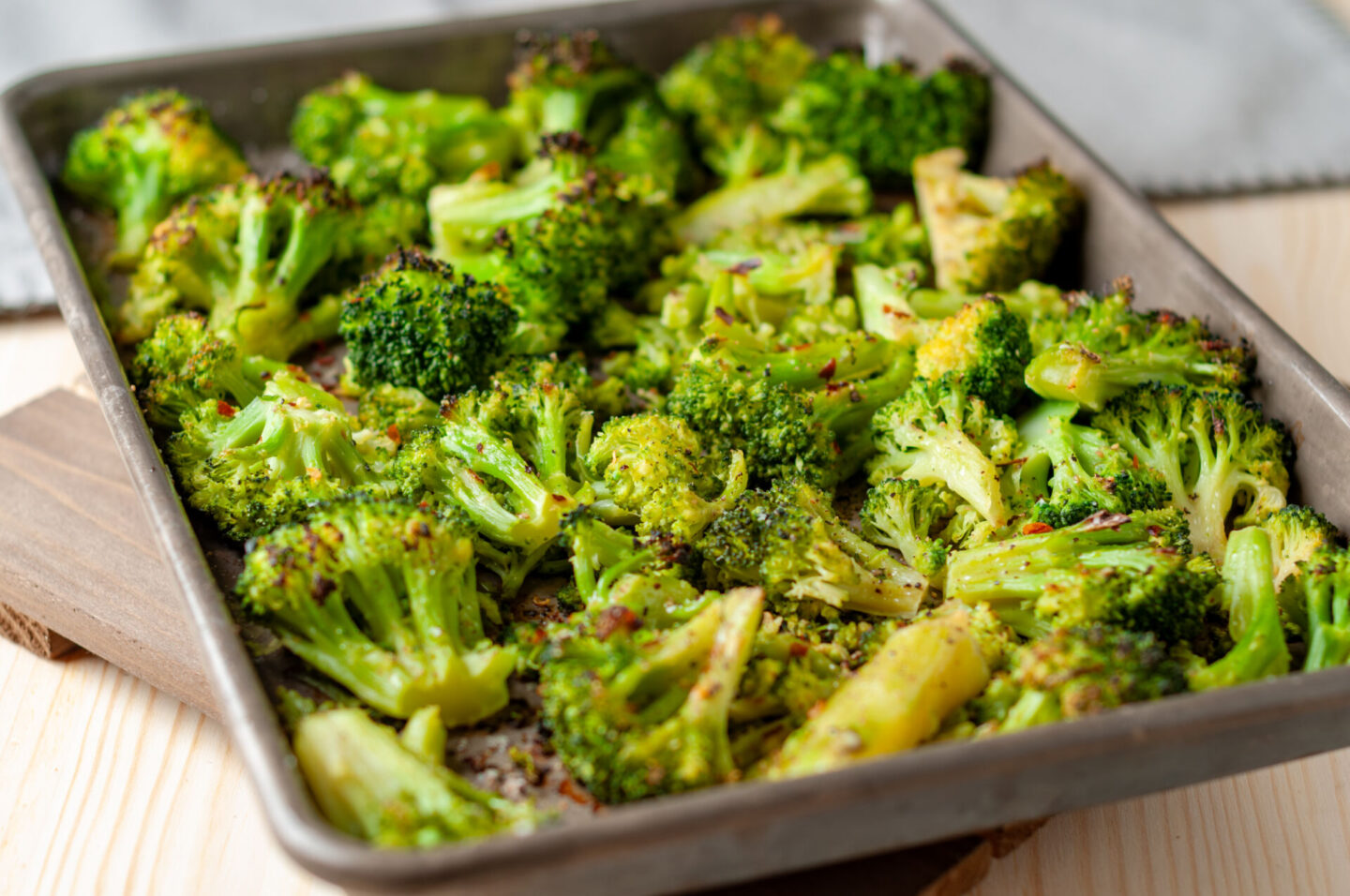
What FODMAP Is In Broccoli
Broccoli contains certain types of FODMAPs, but the specific content can vary between different parts of the broccoli (such as the florets and the stems). Here’s a detailed look at the FODMAPs found in broccoli:
FODMAP Content
- Oligosaccharides (Fructans):
- Broccoli contains fructans, which are a type of oligosaccharide. Fructans can cause digestive issues in some individuals because they are poorly absorbed in the small intestine and can be fermented by gut bacteria, leading to symptoms like bloating and gas.
- Polyols (Mannitol):
- Broccoli also contains mannitol, a type of sugar alcohol. Mannitol can draw water into the intestine and be fermented by bacteria, potentially causing digestive discomfort.
Serving Sizes and Tolerance
- Low FODMAP Serving Size: Broccoli florets are considered low FODMAP when consumed in small portions, typically up to 1/2 cup (about 45 grams) per serving. This amount is usually well-tolerated by most people with FODMAP sensitivities.
- High FODMAP Serving Size: Larger servings, especially of the broccoli stalks, can contain higher levels of fructans and mannitol, making them more likely to trigger symptoms.
Managing Broccoli Consumption
For individuals following a low FODMAP diet, here are some tips for including broccoli:
- Focus on Florets: The florets of broccoli contain lower levels of FODMAPs compared to the stalks. Stick to eating mainly the florets to minimise FODMAP intake.
- Monitor Portion Sizes: Keep broccoli servings to around 1/2 cup per meal to stay within low FODMAP limits.
- Cooking Methods: Cooking broccoli can help reduce its FODMAP content slightly. Steaming or boiling broccoli may make it easier to digest.
Low FODMAP Alternatives to Broccoli
If broccoli still causes symptoms despite managing portion sizes, consider these low FODMAP vegetables:
- Carrots: Low in FODMAPs and rich in vitamins.
- Bell Peppers: Provide colour and nutrients without high FODMAP content.
- Zucchini: A versatile and low FODMAP vegetable that can be used in various dishes.
Broccoli contains fructans and mannitol, making it a moderate FODMAP food. However, the florets can be enjoyed in small portions (up to 1/2 cup) by most people on a low FODMAP diet. By focusing on the florets, monitoring portion sizes, and considering cooking methods, individuals with FODMAP sensitivities can include broccoli in their diet without triggering digestive symptoms.
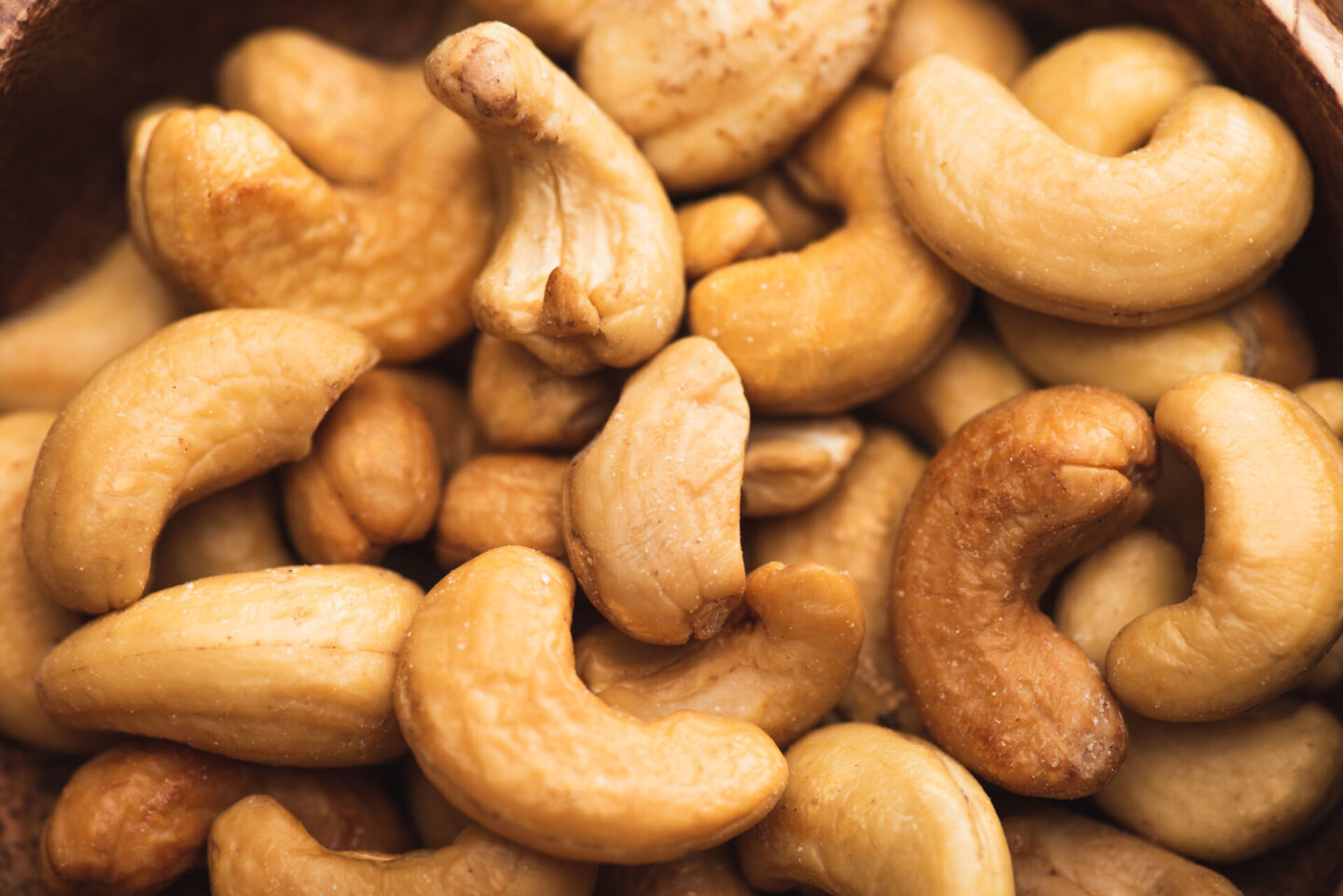
What FODMAP Is In Cashews
Cashews contain high levels of certain FODMAPs, which can contribute to digestive discomfort for individuals with sensitivities. Here’s a detailed look at the specific FODMAPs found in cashews:
FODMAP Content
- Oligosaccharides (GOS – Galacto-oligosaccharides):
- Cashews are high in galacto-oligosaccharides (GOS), which are a type of oligosaccharide. GOS can be poorly absorbed in the small intestine and are fermented by gut bacteria in the large intestine, leading to symptoms like gas, bloating, and abdominal discomfort.
- Polyols (Sorbitol):
- Cashews also contain sorbitol, a type of sugar alcohol. Sorbitol can draw water into the intestine and be fermented by gut bacteria, potentially causing bloating, gas, and diarrhoea.
Impact on Digestive Health
For individuals following a low FODMAP diet, cashews are generally considered high in FODMAPs due to their significant content of GOS and sorbitol. Consuming cashews can lead to the following symptoms for those with FODMAP sensitivities:
- Bloating: The fermentation of GOS and sorbitol in the gut produces gas, leading to a feeling of fullness and bloating.
- Gas: Excess gas is a common symptom due to the fermentation process.
- Diarrhea: The osmotic effect of unabsorbed sorbitol can lead to loose stools or diarrhoea.
- Stomach Cramps: The increased gas and water in the intestines can cause cramping and discomfort.
Managing Cashew Consumption
For those who enjoy cashews but need to manage their FODMAP intake, consider these tips:
- Small Portions: Even small amounts of cashews can be problematic, but if you decide to try them, start with a very small serving (a few cashews) and monitor your symptoms.
- Alternative Nuts: Choose nuts that are lower in FODMAPs, such as:
- Almonds: Limit to about 10 nuts (small servings).
- Macadamia Nuts: Low in FODMAPs and can be enjoyed in moderation.
- Pecans: Another good low FODMAP option.
- Nut Butters: Some nut butters made from low FODMAP nuts (like almond butter in small quantities) can be a suitable alternative.
Low FODMAP Alternatives to Cashews
If cashews cause symptoms, consider these low FODMAP nut options:
- Macadamia Nuts: Low in FODMAPs and rich in healthy fats.
- Pecans: Provide a good alternative with low FODMAP content.
- Walnuts: Can be enjoyed in moderation as a low FODMAP nut.
- Pumpkin Seeds: Another low FODMAP option that adds crunch and nutrients to your diet.
Cashews are high in GOS and sorbitol, making them a high FODMAP food that can cause digestive issues for individuals with FODMAP sensitivities. By opting for low FODMAP nuts and seeds and carefully managing portion sizes, those with digestive sensitivities can maintain a varied and enjoyable diet without triggering symptoms.
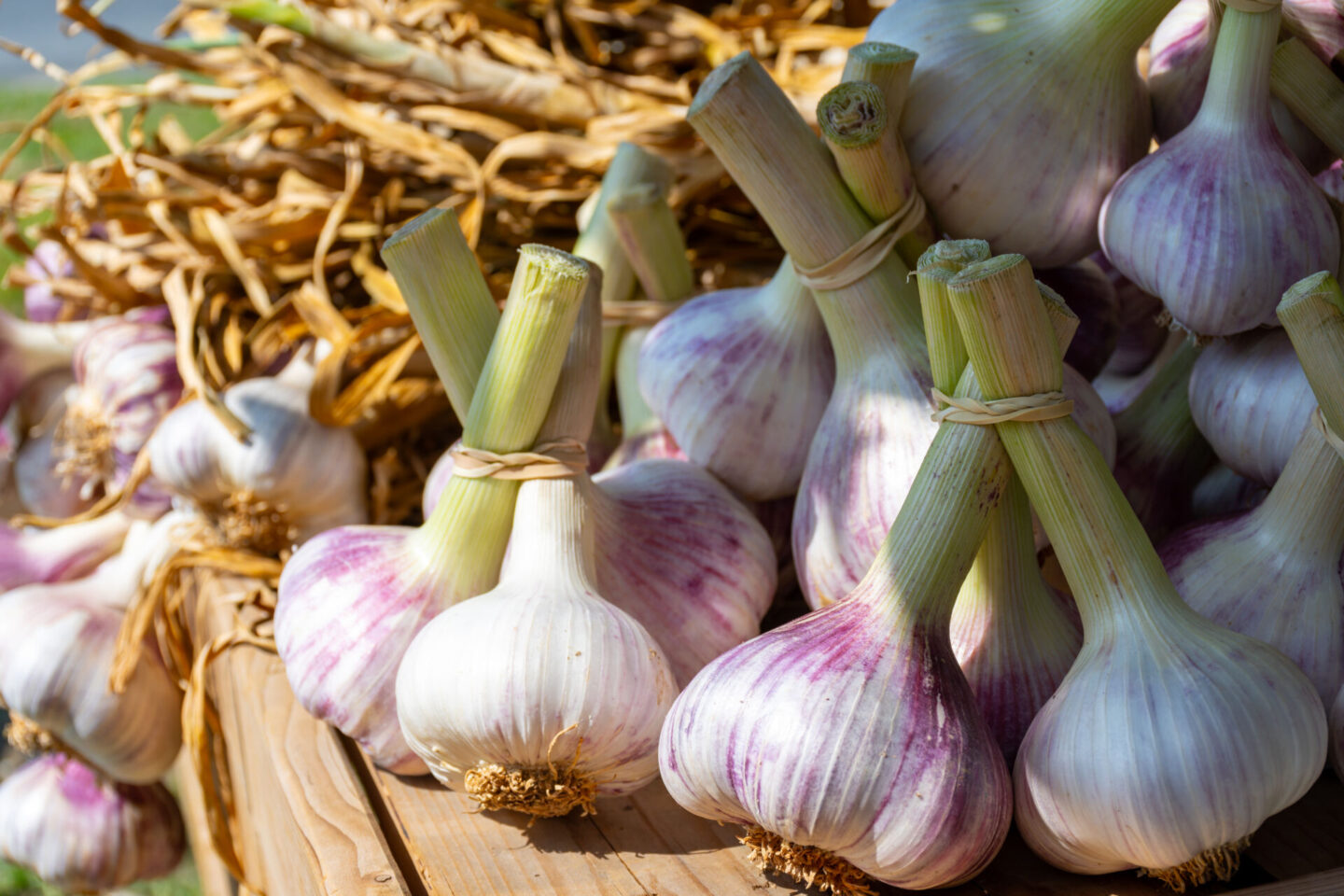
What FODMAP Is In Garlic
Garlic is a high FODMAP food primarily due to its content of oligosaccharides, specifically fructans.
FODMAP Content
- Fructans:
- Garlic contains high levels of fructans, which are a type of oligosaccharide. Fructans are chains of fructose molecules that are poorly absorbed in the small intestine. Instead, they pass into the large intestine, where they are fermented by gut bacteria, leading to the production of gas and other digestive symptoms.
Impact of Fructans
- Fermentation: In the large intestine, fructans are fermented by bacteria, producing gases such as hydrogen and methane. This can lead to bloating, gas, and discomfort.
- Osmotic Effect: Fructans can draw water into the intestine, which can cause diarrhea or loose stools.
Managing Garlic Consumption
For individuals following a low FODMAP diet, garlic can be challenging to manage because it is widely used in cooking. Here are some strategies to enjoy garlic flavour without the high FODMAP content:
- Garlic-Infused Oil: Fructans are not soluble in oil, so using garlic-infused oil can provide garlic flavour without the FODMAPs. Simply sauté whole garlic cloves in oil and then remove them before using the oil in your cooking.
- Garlic-Infused Water: Similar to oil, you can steep whole garlic cloves in water and then remove the cloves. Use the garlic-infused water in your recipes.
- Asafoetida: This spice can be used as a garlic substitute. It provides a similar flavour and is low in FODMAPs.
- Garlic Chives: These have a mild garlic flavour and are low in FODMAPs. Use them as a fresh garnish or in cooking.
Low FODMAP Alternatives to Garlic
If you need to avoid garlic, consider these low FODMAP alternatives to add flavour to your dishes:
- Green Onions (Scallions): Use the green tops only, as they are low in FODMAPs.
- Chives: Provide a mild onion-like flavour and are low in FODMAPs.
- Ginger: Fresh ginger can add a different but delicious flavour to dishes and is low in FODMAPs.
- Herbs and Spices: Fresh herbs like basil, parsley, thyme, and oregano can add flavor without adding FODMAPs.
Garlic is high in fructans, making it a high FODMAP food that can cause digestive issues for individuals with FODMAP sensitivities. By using garlic-infused oils, garlic chives, and other low FODMAP flavour alternatives, you can enjoy the taste of garlic without digestive discomfort.
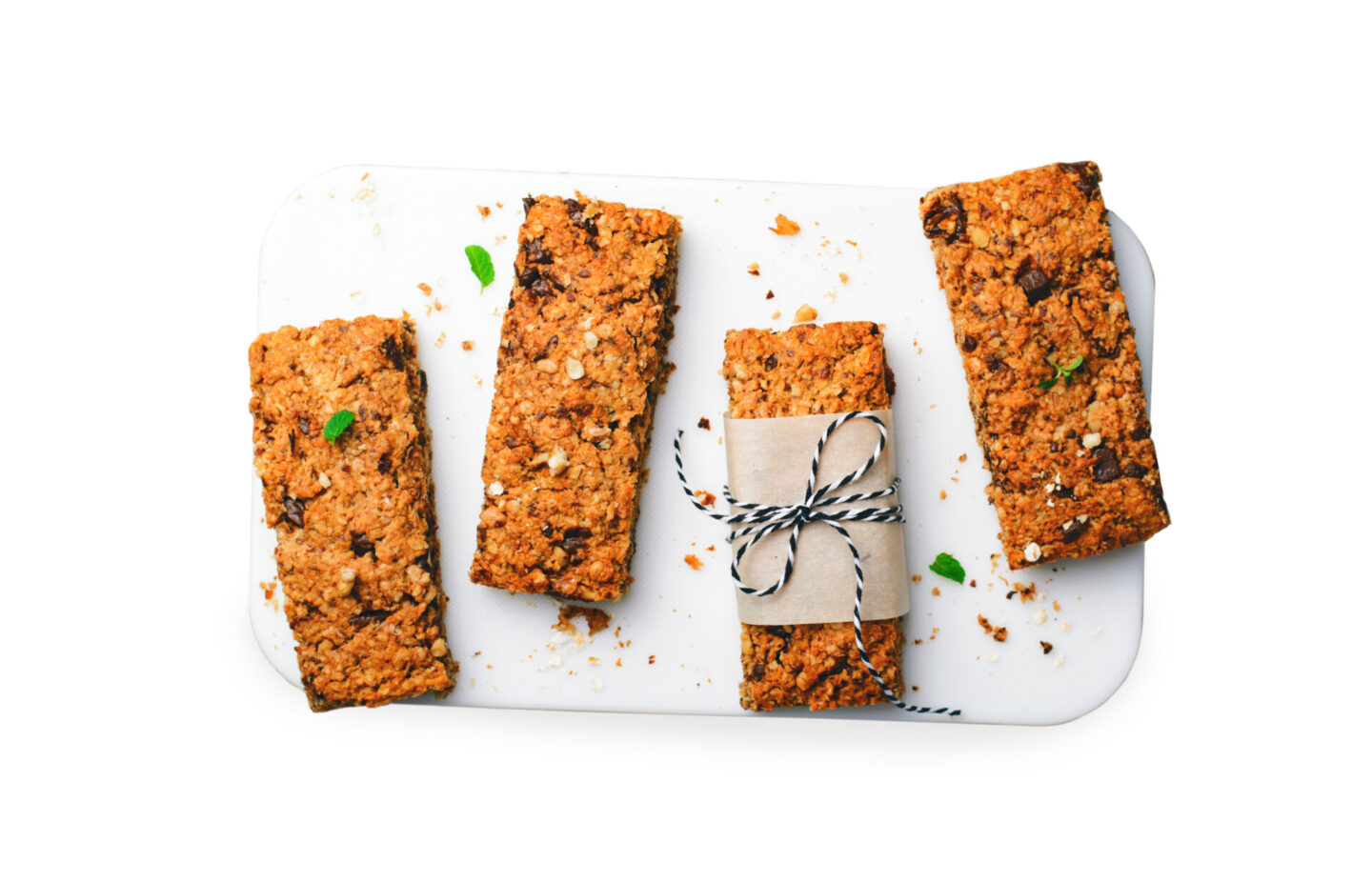
What FODMAP Is In Gluten
Gluten itself is not a FODMAP. However, foods that contain gluten, such as wheat, barley, and rye, often also contain high levels of FODMAPs, specifically fructans.
Understanding Gluten and FODMAPs
- Gluten:
- Gluten is a protein found in wheat, barley, and rye. It is not a carbohydrate and therefore does not belong to the FODMAP group.
- Gluten can cause issues for individuals with celiac disease or non-celiac gluten sensitivity, but these conditions are different from FODMAP sensitivities.
- Fructans:
- Fructans are oligosaccharides that are found in wheat, barley, and rye. They are a type of FODMAP.
- Fructans are poorly absorbed in the small intestine and can be fermented by gut bacteria in the large intestine, leading to symptoms like bloating, gas, and diarrhoea.
Foods Containing Both Gluten and FODMAPs
- Wheat: Found in bread, pasta, pastries, and many processed foods. High in fructans.
- Barley: Used in soups, stews, and as a grain in salads. Contains fructans.
- Rye: Found in rye bread and some cereals. High in fructans.
Managing FODMAPs in Gluten-Containing Foods
For individuals following a low FODMAP diet, it’s important to differentiate between gluten and FODMAPs:
- Gluten-Free vs. Low FODMAP:
- Gluten-free products do not contain gluten but may still contain other high FODMAP ingredients.
- Low FODMAP products are specifically designed to minimise FODMAP content, including fructans from wheat, barley, and rye.
- Reading Labels:
- Check food labels carefully to identify both gluten and FODMAP content.
- Look for low FODMAP certifications or lists of ingredients that are low in FODMAPs.
- Safe Alternatives:
- Gluten-Free and Low FODMAP Grains: Rice, quinoa, buckwheat, and oats (certified gluten-free) are generally low in FODMAPs.
- Gluten-Free and Low FODMAP Flours: Almond flour, coconut flour, and corn flour can be used in baking and cooking.
Low FODMAP Gluten-Free Foods
If you need to avoid both gluten and FODMAPs, here are some options:
- Breads and Crackers: Look for products specifically labeled as low FODMAP and gluten-free.
- Pastas: Rice noodles or pasta made from low FODMAP flours such as corn or quinoa.
- Cereals: Choose gluten-free cereals that do not contain high FODMAP ingredients.
While gluten itself is not a FODMAP, many gluten-containing foods also contain high levels of fructans, which are FODMAPs. For individuals sensitive to FODMAPs, it’s essential to identify and avoid foods high in fructans, often found in wheat, barley, and rye. By choosing gluten-free and low FODMAP alternatives, those with sensitivities can manage their symptoms effectively.
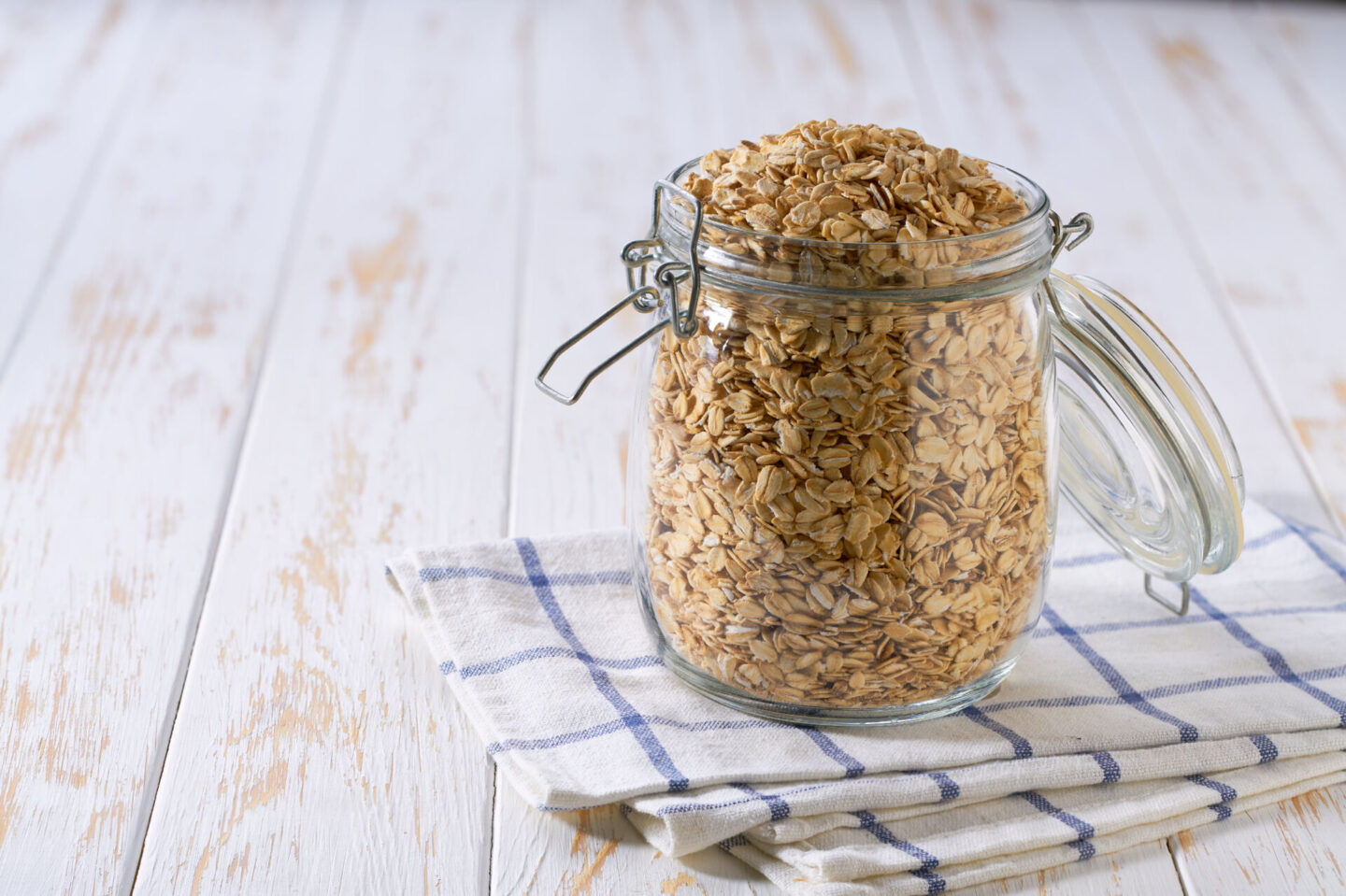
What FODMAP Is In Oats?
Oats are generally considered low in FODMAPs, especially when consumed in moderate portions. However, their FODMAP content can vary depending on the type and amount consumed.
FODMAP Content
- Oligosaccharides (Fructans and GOS):
- Oats contain small amounts of oligosaccharides, including fructans and galacto-oligosaccharides (GOS). These are types of carbohydrates that can be poorly absorbed in the small intestine and fermented by bacteria in the large intestine, potentially causing digestive symptoms in sensitive individuals.
Serving Sizes and Tolerance
- Low FODMAP Serving Size:
- Rolled oats are considered low FODMAP in servings of up to 1/2 cup (about 52 grams) of dry oats.
- Quick oats and instant oats have a similar FODMAP profile and are also low FODMAP in moderate portions.
- High FODMAP Serving Size:
- Larger servings, such as 3/4 cup or more of dry oats, can contain higher levels of fructans and GOS, which might trigger symptoms in sensitive individuals.
Types of Oats
- Rolled Oats:
- These are steamed and flattened, making them quick to cook. They are low FODMAP in 1/2 cup servings.
- Steel-Cut Oats:
- These are chopped oat groats and have a chewier texture. They are also low FODMAP in moderate servings.
- Instant Oats:
- These are pre-cooked and dried, allowing for quick preparation. They are low FODMAP in moderate servings but be cautious of added ingredients.
Managing Oat Consumption
For individuals following a low FODMAP diet, consider these tips for including oats:
- Stick to Recommended Portions: Limit oat servings to about 1/2 cup of dry oats to stay within low FODMAP limits.
- Check Ingredients: When choosing instant or flavoured oats, check for high FODMAP ingredients like high-fructose corn syrup, honey, or dried fruits.
- Monitor Symptoms: Pay attention to your body’s response to oats and adjust your intake if necessary.
Low FODMAP Oatmeal Recipes
Here are a few ideas to enjoy oats while keeping your FODMAP intake low:
- Plain Oatmeal: Cook oats with water or lactose-free milk and top with low FODMAP fruits like strawberries, blueberries, or a small banana.
- Savory Oatmeal: Prepare oats with a pinch of salt and mix in low FODMAP vegetables like spinach or tomatoes, and add a protein source like an egg.
- Overnight Oats: Combine rolled oats with lactose-free yoghurt, a splash of almond milk, and a sprinkle of chia seeds. Refrigerate overnight and top with fresh berries in the morning.
Oats are generally low in FODMAPs when consumed in moderate portions, making them a suitable option for those on a low FODMAP diet. By sticking to recommended serving sizes and choosing plain or minimally processed oats, individuals with FODMAP sensitivities can enjoy the nutritional benefits of oats without triggering digestive symptoms.
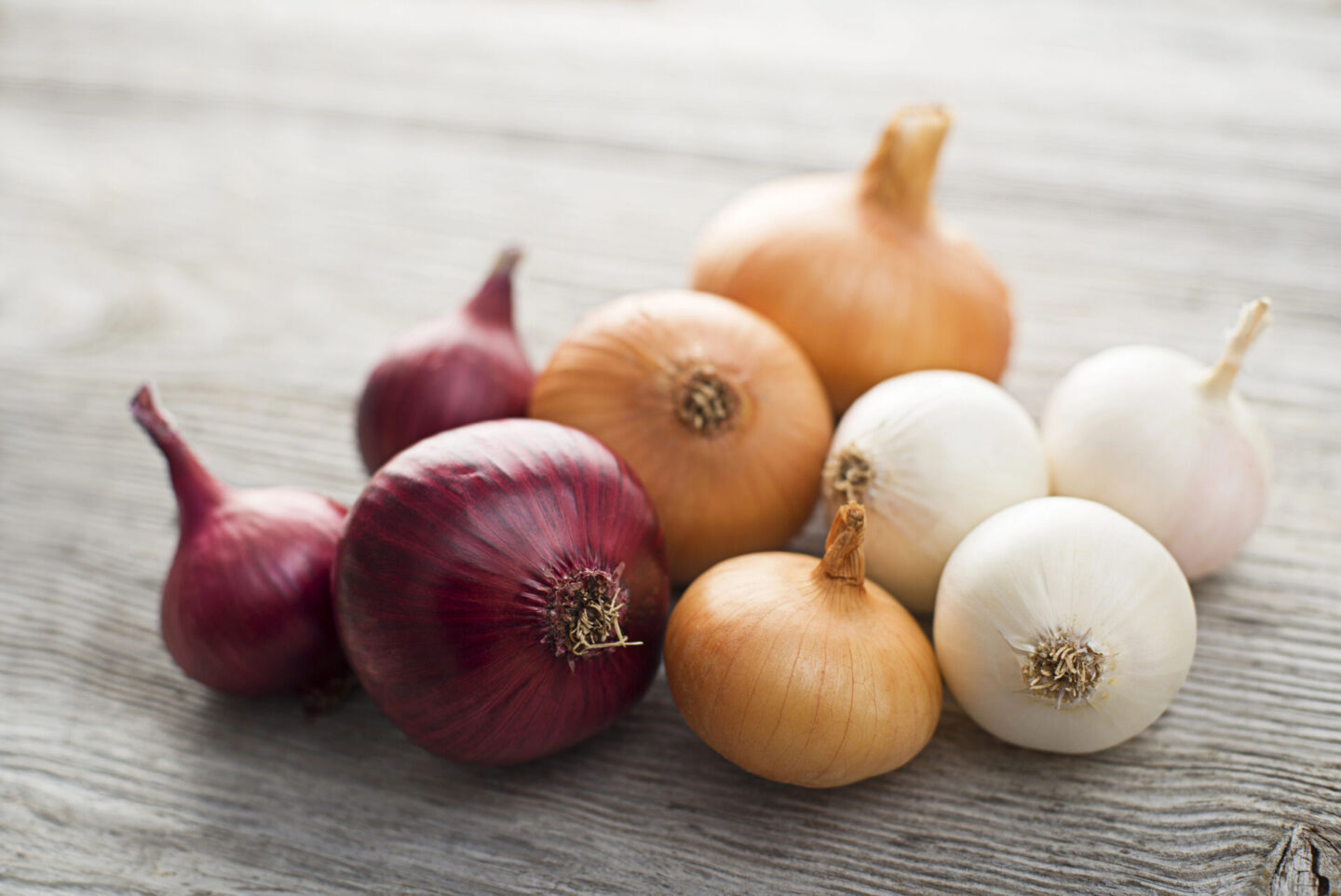
What FODMAP Is In Onions
Onions are high in certain FODMAPs, particularly fructans, which can cause digestive issues for individuals with FODMAP sensitivities.
FODMAP Content
- Fructans:
- Onions contain high levels of fructans, a type of oligosaccharide. Fructans are chains of fructose molecules that are not well absorbed in the small intestine. Instead, they pass into the large intestine, where they are fermented by gut bacteria, producing gas and leading to symptoms like bloating, gas, and abdominal pain.
Types of Onions and Their FODMAP Content
- White Onions: High in fructans.
- Yellow Onions: High in fructans.
- Red Onions: High in fructans.
- Spring Onions (Scallions): The white bulb is high in fructans, but the green tops are low in FODMAPs and can be consumed in moderation.
Managing Onion Consumption
For individuals following a low FODMAP diet, it is important to avoid or limit the intake of onions to prevent digestive discomfort. Here are some strategies to manage onion consumption:
- Avoid Whole Onions: Whole onions, whether raw or cooked, contain high levels of fructans and should be avoided on a low FODMAP diet.
- Use Onion-Infused Oil: Fructans are not soluble in oil, so you can sauté onions in oil and then remove the onions, leaving behind onion-infused oil that provides flavour without the FODMAPs.
- Replace with Low FODMAP Alternatives: Use the green tops of spring onions or chives to add an onion-like flavour to dishes without the high FODMAP content.
Low FODMAP Alternatives to Onions
If you need to avoid onions due to their high fructan content, consider these low FODMAP alternatives to add flavour to your dishes:
- Green Tops of Spring Onions (Scallions): Use the green parts only, as they are low in FODMAPs.
- Chives: These provide a mild onion flavour and are low in FODMAPs.
- Garlic-Infused Oil: Similar to onion-infused oil, garlic-infused oil can add flavour without the FODMAPs.
- Leek Leaves: The green tops of leeks can be used in small amounts as a low FODMAP option.
Onions are high in fructans, making them a high FODMAP food that can cause digestive issues for individuals with FODMAP sensitivities. By avoiding whole onions and using low FODMAP alternatives like onion-infused oil, green tops of spring onions, and chives, individuals can still enjoy flavourful dishes while managing their FODMAP intake.

What FODMAP Is In Peanuts
Peanuts are generally considered low in FODMAPs when consumed in moderate amounts, making them a suitable option for individuals following a low FODMAP diet.
FODMAP Content
Peanuts primarily contain the following FODMAP:
- Galacto-oligosaccharides (GOS):
- Peanuts contain low levels of galacto-oligosaccharides (GOS), which are a type of oligosaccharide. GOS can be poorly absorbed in the small intestine and fermented by bacteria in the large intestine, potentially causing digestive symptoms in sensitive individuals. However, the amount of GOS in peanuts is generally low enough to be tolerated by most people following a low FODMAP diet.
Serving Sizes and Tolerance
- Low FODMAP Serving Size: Peanuts are considered low FODMAP in servings of up to 28 grams (approximately 1 ounce or a small handful). This serving size is typically well-tolerated by most individuals with FODMAP sensitivities.
- High FODMAP Serving Size: Consuming larger portions of peanuts may increase the intake of GOS, which could potentially trigger symptoms in sensitive individuals. It’s important to stick to recommended serving sizes.
Types of Peanuts
- Dry-Roasted Peanuts: These are low in FODMAPs in moderate servings. Check for added ingredients that might be high in FODMAPs, such as honey or high-fructose corn syrup.
- Salted Peanuts: Also low in FODMAPs in moderate servings. Be mindful of added ingredients.
- Peanut Butter: Smooth and natural peanut butter without added high FODMAP ingredients (like high-fructose corn syrup) is generally low in FODMAPs in servings of up to 2 tablespoons.
Incorporating Peanuts into a Low FODMAP Diet
For individuals on a low FODMAP diet, peanuts can be a versatile and nutritious option. Here are some ways to include them:
- Snacks: Enjoy a small handful of dry-roasted or salted peanuts as a snack.
- Peanut Butter: Spread on low FODMAP bread, rice cakes, or use as a dip for celery sticks.
- Cooking and Baking: Use peanuts or peanut butter in recipes for added flavor and protein, ensuring other ingredients are also low FODMAP.
Low FODMAP Peanut Alternatives
If you need to vary your diet or if peanuts are not well-tolerated, consider these low FODMAP nut and seed alternatives:
- Almonds: Consume in moderation, with a serving size of about 10 almonds.
- Macadamia Nuts: Low in FODMAPs and can be enjoyed in small servings.
- Pumpkin Seeds: A good low FODMAP option that can add crunch to salads and snacks.
- Chia Seeds: Low in FODMAPs and can be added to smoothies, yogurt, or baked goods.
Peanuts are low in FODMAPs when consumed in moderate servings, making them a suitable and nutritious option for individuals following a low FODMAP diet. By sticking to recommended portion sizes and being mindful of added ingredients, you can enjoy peanuts without triggering digestive symptoms.

What FODMAP Is In Wheat
Wheat is high in certain FODMAPs, particularly fructans, which can cause digestive issues for individuals with FODMAP sensitivities.
FODMAP Content
- Fructans:
- Wheat contains high levels of fructans, a type of oligosaccharide. Fructans are chains of fructose molecules that are not well absorbed in the small intestine. Instead, they pass into the large intestine, where they are fermented by gut bacteria, leading to the production of gas and other digestive symptoms such as bloating, gas, and abdominal pain.
Common Wheat-Containing Foods and Their FODMAP Content
- Bread: Many types of bread, including white, whole wheat, and multigrain, contain high levels of fructans.
- Pasta: Traditional pasta made from wheat flour is high in fructans.
- Pastries and Baked Goods: Items like cakes, cookies, muffins, and croissants made with wheat flour are high in fructans.
- Cereals: Many breakfast cereals and granola made from wheat are high in fructans.
- Crackers and Biscuits: Wheat-based crackers and biscuits also contain high levels of fructans.
Managing Wheat Consumption
For individuals following a low FODMAP diet, it’s important to avoid or limit the intake of wheat to prevent digestive discomfort. Here are some strategies to manage wheat consumption:
- Choose Gluten-Free Alternatives: Many gluten-free products are also low in FODMAPs, but it’s important to check the ingredient list as some gluten-free products may contain other high FODMAP ingredients.
- Low FODMAP Grains: Substitute wheat with low FODMAP grains such as rice, quinoa, buckwheat, and oats (in moderate amounts).
- Use Certified Low FODMAP Products: Look for products that are certified low FODMAP by reputable organisations.
Low FODMAP Wheat Alternatives
If you need to avoid wheat due to its high fructan content, consider these low FODMAP alternatives:
- Rice: Both white and brown rice are low in FODMAPs and can be used in a variety of dishes.
- Quinoa: A versatile grain that is low in FODMAPs and can be used in salads, as a side dish, or in baking.
- Buckwheat: Despite its name, buckwheat is not related to wheat and is low in FODMAPs. It can be used in pancakes, porridge, and other recipes.
- Oats: Plain rolled oats and steel-cut oats are low in FODMAPs in moderate servings.
Wheat is high in fructans, making it a high FODMAP food that can cause digestive issues for individuals with FODMAP sensitivities. By choosing gluten-free and low FODMAP alternatives like rice, quinoa, buckwheat, and oats, individuals can manage their FODMAP intake while still enjoying a varied and nutritious diet.

What Is FODMAP In Bread?
Bread can contain varying levels of FODMAPs depending on the ingredients and preparation methods. The primary FODMAP in most traditional bread is fructans.
FODMAP Content
- Fructans:
- Wheat Bread: Wheat, the main ingredient in many types of bread, contains high levels of fructans. This includes white bread, whole wheat bread, multigrain bread, and sourdough made from wheat flour.
- Rye Bread: Rye contains high levels of fructans, making rye bread high in FODMAPs.
- Barley Bread: Barley also contains fructans, contributing to its high FODMAP content.
Types of Bread and Their FODMAP Levels
- White Bread:
- High in fructans due to the wheat content.
- Standard servings (1-2 slices) are typically high in FODMAPs.
- Whole Wheat Bread:
- Contains even higher levels of fructans than white bread.
- Whole grains add to the overall FODMAP load.
- Multigrain Bread:
- Typically contains a mix of wheat, rye, and other grains, all contributing to high fructan levels.
- High in FODMAPs.
- Rye Bread:
- Very high in fructans.
- Often considered one of the highest FODMAP breads.
- Sourdough Bread:
- Made from wheat or rye flour is still high in fructans.
- Some sourdough bread may be lower in FODMAPs if made with long fermentation times and low-FODMAP flour.
- Gluten-Free Bread:
- Often lower in FODMAPs, but it’s important to check ingredients as some may include high FODMAP components like honey or high-fructose corn syrup.
- Safe varieties typically include those made from rice flour, corn flour, potato starch, and other low-FODMAP ingredients.
Managing Bread Consumption
For individuals following a low FODMAP diet, it is crucial to select bread carefully:
- Gluten-Free Bread: Look for gluten-free bread made from low FODMAP ingredients such as rice flour, corn flour, or potato starch. These are often safe choices but verify by checking ingredient labels.
- Sourdough Bread: Some sourdough breads, especially those made with a long fermentation process and low-FODMAP flours, may be better tolerated. Sourdough made from wheat can sometimes be acceptable in small amounts due to the fermentation process breaking down some of the fructans.
- Portion Control: If consuming bread that may be higher in FODMAPs, try to keep portion sizes small to limit the intake of fructans.
- Certified Low FODMAP Products: Look for bread products certified by low FODMAP organizations, which ensure they are safe for those with FODMAP sensitivities.
Low FODMAP Bread Alternatives
If you need to avoid traditional high FODMAP bread, consider these alternatives:
- Gluten-Free Bread: Made from low FODMAP ingredients like rice flour or corn flour.
- Sourdough Bread: Specifically those verified to have undergone a long fermentation process and made from low FODMAP flours.
- Homemade Low FODMAP Bread: Baking your own bread using low FODMAP flours like rice flour, corn flour, and certified gluten-free oats.
Bread is often high in FODMAPs, primarily due to the presence of fructans in wheat, rye, and barley. By choosing gluten-free bread made from low FODMAP ingredients, considering certain sourdough breads, and controlling portion sizes, individuals with FODMAP sensitivities can still enjoy bread while managing their symptoms effectively.

What IS FODMAP In Milk?
The primary FODMAP in milk is lactose. Lactose is a disaccharide, which is a type of carbohydrate made up of two sugar molecules.
FODMAP Content
- Lactose:
- Lactose is a sugar found in milk and dairy products. It is composed of glucose and galactose.
- People with lactose intolerance have difficulty digesting lactose because they lack sufficient amounts of the enzyme lactase, which is needed to break down lactose in the small intestine.
- Undigested lactose passes into the large intestine, where it is fermented by gut bacteria, leading to symptoms like bloating, gas, and diarrhoea.
Types of Milk and Their FODMAP Levels
- Cow’s Milk:
- Contains high levels of lactose.
- Whole milk, skim milk, and 2% milk all have similar lactose content.
- Goat’s Milk:
- Also high in lactose, similar to cow’s milk.
- Not suitable for those with lactose intolerance.
- Sheep’s Milk:
- Contains high levels of lactose.
- Not suitable for those with lactose intolerance.
Managing Milk Consumption
For individuals following a low FODMAP diet or those with lactose intolerance, it’s important to choose milk alternatives wisely:
- Lactose-Free Milk:
- Lactose-free cow’s milk is treated with lactase enzyme to break down lactose, making it low in FODMAPs.
- Suitable for individuals with lactose intolerance and those on a low FODMAP diet.
- Plant-Based Milks:
- Almond Milk: Low in FODMAPs in moderate servings (typically around 1 cup or 250 ml).
- Coconut Milk: Low FODMAP in small servings (usually up to 1/2 cup or 120 ml). Note that larger amounts can be high in FODMAPs.
- Rice Milk: Generally considered low FODMAP in servings of up to 200 ml (3/4 cup).
- Soy Milk: Made from soy protein isolate is low in FODMAPs, but soy milk made from whole soybeans is high in FODMAPs.
Tips for Including Milk in a Low FODMAP Diet
- Choose Lactose-Free Dairy Products: These include lactose-free milk, cheese, yogurt, and other lactose-free dairy alternatives.
- Use Plant-Based Milk Alternatives: Select low FODMAP options such as almond milk, rice milk, and coconut milk in appropriate serving sizes.
- Monitor Portion Sizes: Even low FODMAP alternatives can become high FODMAP if consumed in large quantities.
Low FODMAP Dairy Alternatives
If you need to avoid traditional milk due to its high lactose content, consider these low FODMAP alternatives:
- Lactose-Free Cow’s Milk: Suitable for those who want a similar taste and nutritional profile to regular cow’s milk.
- Almond Milk: A popular plant-based milk that is low in FODMAPs and can be used in cereal, coffee, and smoothies.
- Coconut Milk: Low in FODMAPs in small amounts, ideal for cooking and baking.
- Rice Milk: Low FODMAP and can be used in a variety of recipes.
Milk contains high levels of lactose, a FODMAP that can cause digestive symptoms in individuals with lactose intolerance. By choosing lactose-free milk and other low FODMAP alternatives like almond milk, rice milk, and small amounts of coconut milk, individuals can manage their FODMAP intake while still enjoying milk in their diet.
What Is FODMAP Friendly Food
FODMAP friendly foods are those that contain low levels of fermentable oligosaccharides, disaccharides, monosaccharides, and polyols (FODMAPs). These foods are less likely to cause digestive discomfort in individuals who are sensitive to FODMAPs, such as those with irritable bowel syndrome (IBS) or other functional gastrointestinal disorders.
Categories of FODMAP Friendly Foods
Vegetables
- Low FODMAP Vegetables: Carrots, spinach, bell peppers, cucumbers, zucchini, green beans, lettuce, potatoes, tomatoes.
- Serving Sizes: It’s important to consume appropriate serving sizes to ensure they remain low in FODMAPs.
Fruits
- Low FODMAP Fruits: Bananas (firm), blueberries, strawberries, oranges, grapes, kiwi, cantaloupe.
- Serving Sizes: Stick to moderate portions to avoid excessive intake of natural sugars.
Grains
- Low FODMAP Grains: Rice, quinoa, oats (in moderate amounts), corn, gluten-free bread, and pasta made from rice or corn flour.
- Gluten-Free Options: Many gluten-free products are also low in FODMAPs.
Proteins
- Animal Proteins: Chicken, turkey, beef, pork, eggs, fish, and seafood are naturally low in FODMAPs.
- Vegetarian Proteins: Firm tofu, tempeh, and certain nuts and seeds (e.g., pumpkin seeds, chia seeds).
Dairy Alternatives
- Lactose-Free Dairy: Lactose-free milk, lactose-free yogurt, lactose-free cheese.
- Plant-Based Milks: Almond milk, coconut milk (in small amounts), rice milk, and soy milk made from soy protein isolate.
Nuts and Seeds
- Low FODMAP Nuts: Almonds (in small amounts), macadamia nuts, pecans, pine nuts, walnuts.
- Low FODMAP Seeds: Chia seeds, pumpkin seeds, sunflower seeds.
Condiments and Sweeteners
- Low FODMAP Sweeteners: Maple syrup, brown sugar, table sugar (sucrose).
- Herbs and Spices: Most fresh and dried herbs and spices are low in FODMAPs, but be cautious with garlic and onion powders.
Examples of FODMAP Friendly Meals
- Breakfast:
- Overnight Oats: Made with lactose-free milk or almond milk, chia seeds, and blueberries.
- Scrambled Eggs: With spinach and tomatoes on gluten-free toast.
- Lunch:
- Quinoa Salad: With chicken, bell peppers, cucumbers, carrots, and a lemon vinaigrette.
- Rice Cakes: Topped with lactose-free cottage cheese and strawberries.
- Dinner:
- Grilled Salmon: Served with roasted potatoes and steamed green beans.
- Stir-Fry: Made with tofu, courgette (zucchini), bell peppers, and rice noodles, seasoned with soy sauce and ginger.
- Snacks:
- Fruit: Firm banana or a small handful of grapes.
- Nuts: A small handful of macadamia nuts or walnuts.
- Vegetables: Carrot sticks with a low FODMAP dip like lactose-free yogurt mixed with herbs.
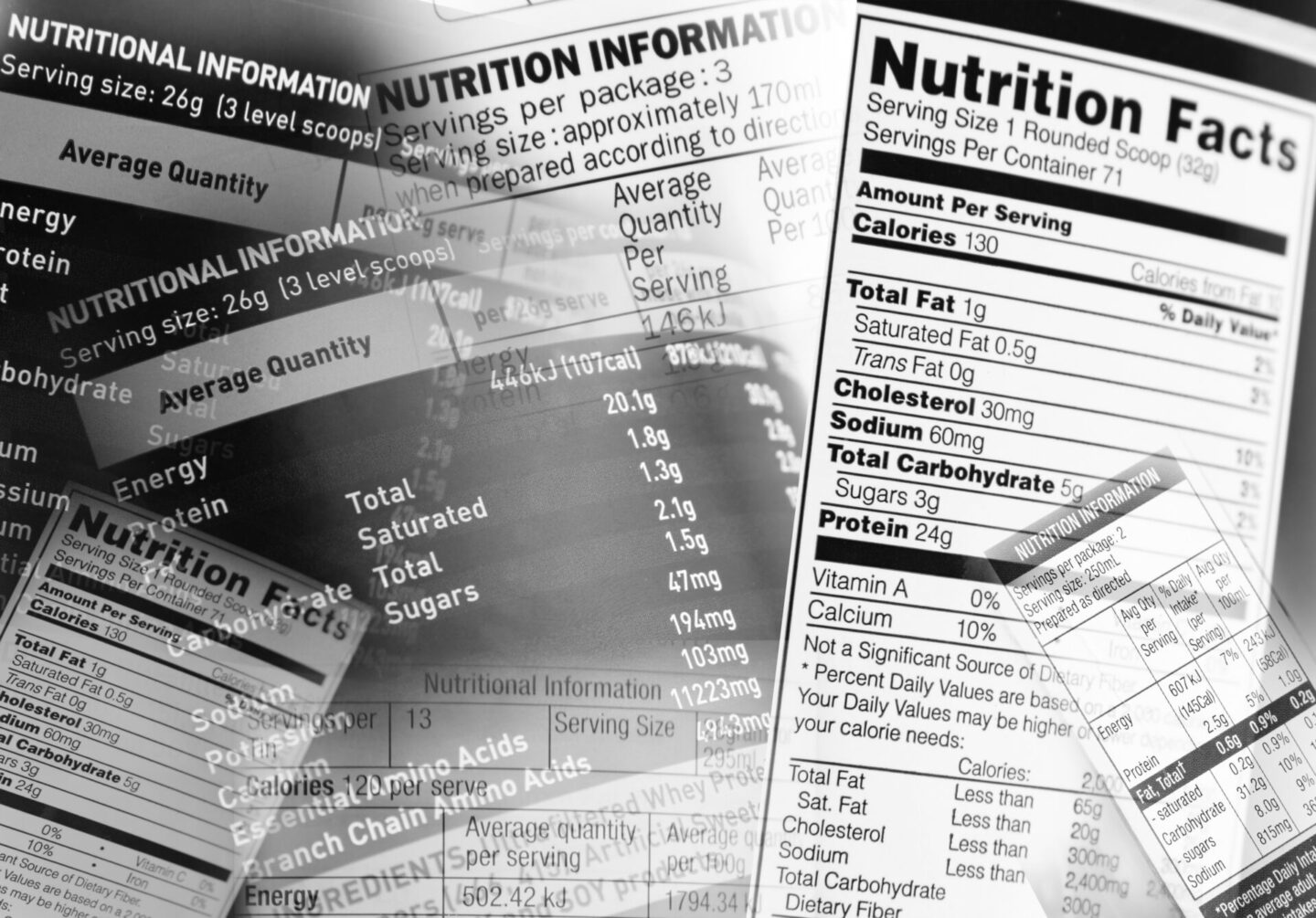
Tips for Identifying FODMAP Friendly Foods
- Read Labels: Check ingredient lists for high FODMAP ingredients like high fructose corn syrup, honey, garlic, and certain sweeteners.
- Portion Control: Even low FODMAP foods can become high in FODMAPs if consumed in large quantities. Stick to recommended serving sizes.
- Certified Products: Look for products labelled as low FODMAP by certified organisations.
FODMAP-friendly foods are those low in fermentable carbohydrates that can cause digestive issues in sensitive individuals. By choosing appropriate vegetables, fruits, grains, proteins, dairy alternatives, nuts, seeds, and condiments, and by paying attention to portion sizes and ingredient labels, individuals can manage their FODMAP intake and maintain a balanced and enjoyable diet.
What Is FODMAP Intolerance?
FODMAP intolerance, also known as FODMAP sensitivity, is a digestive condition where individuals experience gastrointestinal symptoms after consuming foods high in certain fermentable carbohydrates. FODMAPs stand for fermentable oligosaccharides, disaccharides, monosaccharides, and polyols. These are specific types of short-chain carbohydrates and sugar alcohols that are poorly absorbed in the small intestine.
Understanding FODMAPs
- Oligosaccharides: Found in foods like wheat, onions, garlic, and legumes.
- Disaccharides: Found in dairy products containing lactose, such as milk, yoghurt, and soft cheeses.
- Monosaccharides: Found in foods high in fructose, such as apples, honey, and high-fructose corn syrup.
- Polyols: Found in certain fruits and vegetables, such as stone fruits, and artificial sweeteners like sorbitol and mannitol.
Mechanism of FODMAP Intolerance
- Poor Absorption: FODMAPs are poorly absorbed in the small intestine. This means they pass through to the large intestine relatively intact.
- Fermentation: In the large intestine, FODMAPs are fermented by gut bacteria. This fermentation process produces gases, such as hydrogen and methane.
- Water Retention: FODMAPs can draw water into the intestine due to their osmotic effect, leading to diarrhoea in some individuals.
- Symptom Trigger: The gas production and water retention can cause symptoms like bloating, gas, abdominal pain, and changes in bowel movements, such as diarrhoea or constipation.
Symptoms of FODMAP Intolerance
- Bloating: Feeling of fullness or swelling in the abdomen.
- Gas: Excessive flatulence.
- Abdominal Pain: Cramping or discomfort in the stomach area.
- Diarrhoea: Loose or watery stools.
- Constipation: Difficulty in passing stools or infrequent bowel movements.
- Other Symptoms: Nausea, fatigue, and general malaise.
Diagnosing FODMAP Intolerance
Diagnosis typically involves:
- Elimination Diet: Removing all high FODMAP foods from the diet for a period (usually 4-6 weeks) to see if symptoms improve.
- Reintroduction Phase: Gradually reintroducing FODMAP foods one at a time to identify which types cause symptoms.
- Professional Guidance: Working with a dietitian or healthcare professional to ensure the diet is nutritionally balanced and to accurately identify trigger foods.
Managing FODMAP Intolerance
- Low FODMAP Diet: The most effective way to manage FODMAP intolerance is to follow a low FODMAP diet, which involves:
- Elimination: Avoiding high FODMAP foods initially.
- Reintroduction: Slowly reintroducing FODMAPs to determine tolerance levels.
- Personalization: Creating a long-term eating plan based on individual tolerance to different FODMAPs.
- Lactase Supplements: For those intolerant to lactose, lactase enzyme supplements can help digest lactose-containing foods.
- Reading Labels: Checking ingredient lists for high FODMAP ingredients, such as high fructose corn syrup, inulin, and certain artificial sweeteners.
- Mindful Eating: Eating smaller, more frequent meals and chewing food thoroughly to aid digestion.
FODMAP intolerance is a condition where certain carbohydrates are poorly absorbed in the digestive system, leading to gastrointestinal symptoms like bloating, gas, abdominal pain, and changes in bowel movements. Management primarily involves following a low FODMAP diet under professional guidance, identifying specific trigger foods, and making dietary adjustments to maintain digestive comfort and overall health.


